| Six Key Takeaway Points |
Who likes surprises in business? Not me! I have always shared among the teams with which I have worked that we can embrace and learn from mistakes, but “Come to me early if there’s a problem; don’t wait until I find out from someone else!”
Ultimately, our happiness is a function of expectation and anticipation – and, contrastingly, surprises, by definition are not what we expect. The same circumstance(s) may prove to be acceptable or not, depending on what we expect; so, happiness is not based on absolutes. And, if based on expectation, happiness cannot just be about great customer service, because expectations are set elsewhere.
It has been studied and proven (see Fred Reichheld) that the highest performing, most profitable companies in a cohort have the highest rates of loyalty and advocacy – leading to lower churn. Winners attract and retain the most profitable customers. And this means that expectation needs to properly and accurately be set and then performance needs to meet or ideally exceed those expectations previously established.
The expectations that your company generates with its customers are generated primarily through marketing and the sales process. Yet, customer success roles are almost never placed in the marketing or sales departments; usually customer success lives in a services or delivery function. If in sales, it’s a post initial sale function – more of an account management or growth function – which is too late to set expectation. The product itself and consequently product management have a major role in customer success. Intuitively, if the product doesn’t perform, the customer is not accomplishing their goal. And the associated expectations are not being met. Yet again, very few customer success roles are placed in product management. For companies whose products/services include a significant delivery component, that delivery experience may be the most instrumental aspect to meet or exceed the customer expectation. But, by the time services is delivering, it’s too late to set customer expectation. If the product, sales commitments or marketing positioning is over-promising or simply mis-setting expectation, services and product itself have no chance to exceed expectations.
While some expectations are set through other market or external factors that a company has little control over, most are set and met through Marketing, Sales, Product and Delivery. As such, this business imperative is multi-faceted, complex and requires a cross-functional, matrixed role to successfully manage. Ultimately, there needs to be clarity, unity and alignment among these different functions of an organization with regard to what commitments are made pre-sale and how those commitments are delivered against post-sale. In an ideal organizational structure, customer success, being so critical, should roll up through a focused C -suite role, such as Chief Client (or Customer eXperience) Officer. And, ideally, the customer success organization needs to overlay and work with ALL of the key expectation influencers: marketing, sales, product and delivery functions. In terms of skill set, the best customer success professionals have experience in multiple business functions. And, unlike many roles, a high-performance customer success resource hire profile needs to prioritize more of a personality type rather than simply prioritizing experience in the role of customer success.
Companies seeking to raise their business metrics need to look directly at retention and the internal function of customer advocate supporting the customer’s success. Consider that company brand is not an asset that is created by marketing, but instead that brand is the sum of those commitments and expectations set relative to how those commitments are lived up to. And, profit will follow a strong brand of commitments upheld. So, invest in customer success by building a direct alignment between those commitments made with what the business is capable of delivering.
Key takeaways:
- Happiness is a function of expectation
- The endorsement of your business and products by customers is a direct indicator of profitability.
- Set buyer expectation early and accurately
- Expectation-setting and achieving is cross-functional leveraging marketing, sales, product management, product (development, QA) and delivery/service.
- Cross functional role of customer advocate as a person with an appropriate personality profile is key to overall customer success. Some C-level role such as a Chief Client Officer needs to own the customer success result.
- Brand is about making and meeting commitments, not about infographics posted online.
The author, Julian Henkin, consults for Golden Gate Consulting on issues of product, marketing, sales and loyalty retention strategy. To receive notification of valuable content, follow Golden Gate Consulting on LinkedIn!

